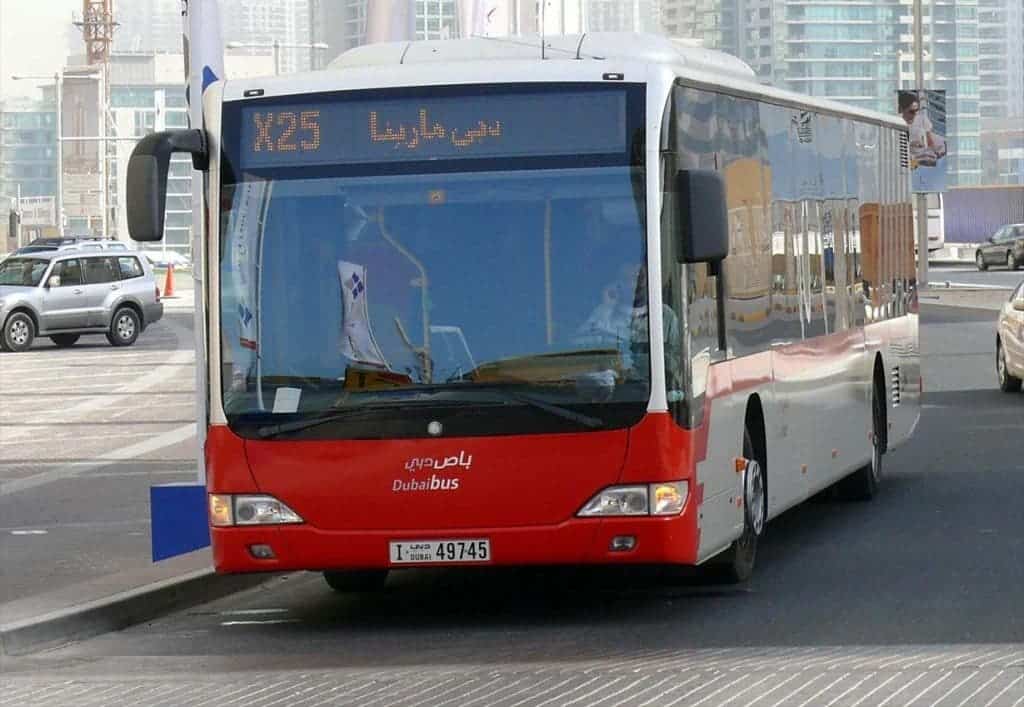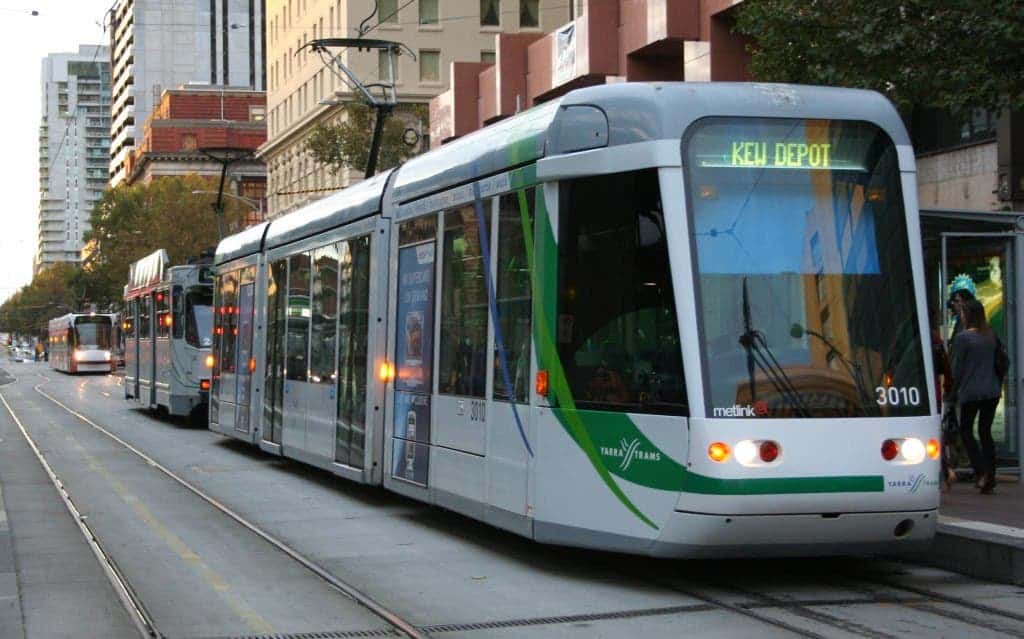
It may seem clear, but you need a study to have certainty: public transportation is cheap and “green”. A recent research concluded that effective public transit systems can provide a cost-effective solution to fighting global change at a global level.
If public transits are improved throughout the entire world, the report shows that urban transportation could be cut by more than half by 2050 and economies save in excess of US alone $100 trillion, also sparing 1.4 million lives every year!
The findings were published as an effort of the University of California, Davis, and the Institute for Transportation and Development Policy (ITDP).
Co-author Michael Replogle, ITDP’s managing director said this is one of the most well known and simplest to implement solutions, but for some reason, people choose to overlook it. To put it another way, people don’t like to use public transit to go from point A to point B – even though it’s sustainable and cheap.
“Transportation, driven by rapid growth in car use, has been the fastest growing source of CO2 in the world,” he said. “While every part of the global economy needs to become greener, cleaning up the traffic jams in the world’s cities offers the least pain and the most gain.”
The report doesn’t only highlight public transit as a method to fight global warming, but it also describes how this shift might occur. It also includes a decrease in the rates of road construction, parking garages and other means which encourage car ownership directly or indirectly.
“The traffic congestion we see today will become much greater and will result in many more hours being stuck in traffic,” Mr Replogle said, adding that congestion would also have a detrimental impact on nations’ economic activity, as people would be late getting to work or meetings.
“People will have to spend much more on transport that will serve them much less well.”

He is very optimistic when it comes to this kind of measures; he believes that this paradigm shift from owning a car to public transportation will take place some time in 2050, but positive changes can be observed today:
“For example, in cities… that have reallocated street space to build modern world-class bus rapid transit (systems)… have basically got a subway level of service on the surface for a fraction of the cost and a lot better places to walk and cycle, which has change the way people travel,” he explained.
“Now, middle-class people are now increasingly taking public transport or using the public bikes instead of taking a car. Lower class people who cannot afford cars have better mobility. Everyone benefits from not being stuck in traffic for hours.”
Personally, I believe this is indeed a much needed change – public transportation can save public resources (it’s cheaper to use it than drive your own car), it can also help clear out traffic jams, and perhaps most importantly, it saves a lot of fuel from being burned. I strongly encourage anyone who wants to make a small difference in terms of climate change to use public transportation (or a bike, or walking) whenever possible. It’s one of the few small things you can do which actually have a big impact. Furthermore, using electrical cars (read: trams) can make things even better.
As for policymakers, things should be pretty simple as well:
“Unlike energy strategies that require investment in more costly technologies, this is a set of investments that simply require investing in better public transportation and making streets safe to walk and bike.”


